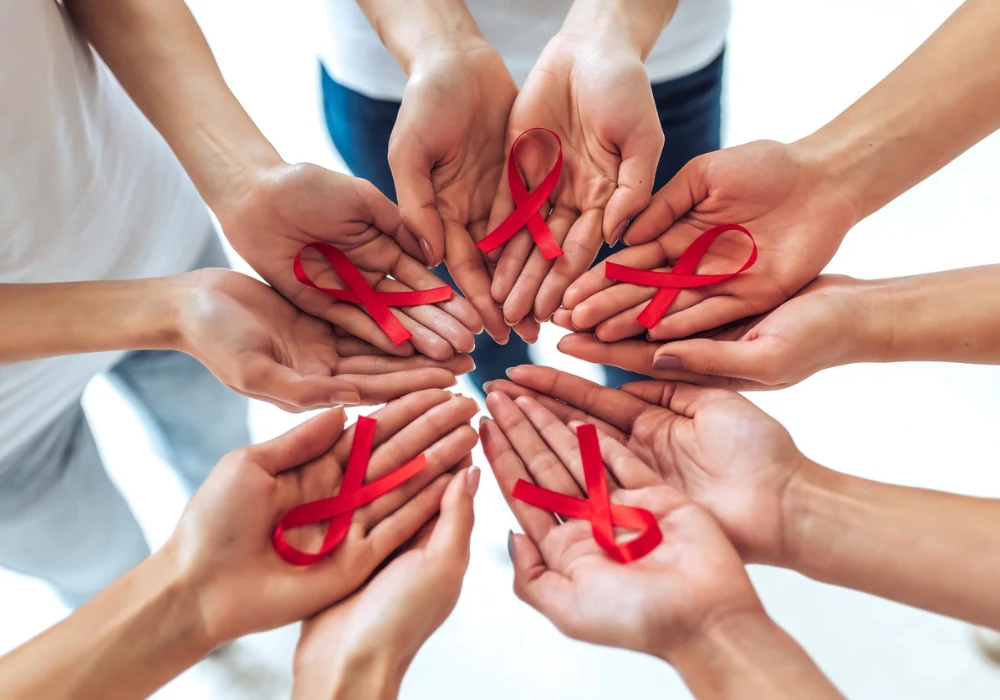The global fight against HIV has been a relentless pursuit, with over 39.9 million people currently living with the virus and approximately 1.3 million new infections occurring each year. Recent developments have sparked renewed hope, particularly with Gilead Sciences' announcement of promising trial results for lenacapavir, an injectable HIV prevention drug. This breakthrough, while exciting, brings to light significant challenges in accessibility and the broader quest for a lasting solution in the form of an HIV vaccine. This article focuses on the potential of lenacapavir, the hurdles in making it accessible, and the continued pursuit of an effective HIV vaccine.
Lenacapavir: A Breakthrough in HIV Prevention
Gilead Sciences' recent trial of lenacapavir has provided a significant breakthrough in HIV prevention. The interim results revealed that none of the over 2,000 women at high risk for contracting HIV who received two annual injections of the drug were infected. This zero-infection result is unprecedented in clinical trials and has led to recommendations for all 5,300 women in the study to receive the injections, replacing daily oral pills, which had a higher infection rate. As the full data from the Phase 3 trial is expected to be released at the 25th International AIDS Conference in Munich, the excitement among researchers and advocates is palpable. The trial's success marks a significant advancement in PrEP (pre-exposure prophylaxis) options, potentially providing a more manageable and effective method for preventing HIV infection in high-risk populations.
Accessibility and Cost: The Elephant in the Room
Despite the promising results, the accessibility and affordability of lenacapavir present significant challenges. Currently approved as a treatment for multi-drug-resistant HIV, lenacapavir's cost in the U.S. is approximately $42,250 for the first year and $39,000 annually after that. The high cost raises concerns about its affordability as a preventive measure, particularly in low-income regions where the HIV burden is greatest. Gilead has expressed its commitment to ensuring the drug's availability in areas with the most significant need, potentially through voluntary licensing agreements allowing for the production of generic versions at a lower cost. However, even reduced prices might still be out of reach for many in the hardest-hit regions, like Sub-Saharan Africa. The looming question is whether lenacapavir can be made accessible to the global population at risk, or if it will become another life-saving drug limited to those who can afford it.
The Elusive Quest for an HIV Vaccine
The ultimate goal in the fight against HIV is the development of a vaccine, a pursuit that has proven to be one of the most challenging in medical science. Unlike other viruses, HIV is highly adept at evading the immune system due to its rapid mutation rate and the use of decoys that confuse immune responses. The typical strategy for vaccine development, which involves introducing inactivated viruses or viral components to trigger an immune response, has been ineffective against HIV. The virus's ability to infect immune cells and change its structure faster than the immune system can respond makes it a moving target. Despite significant investments—over $18 billion since 2000—no HIV vaccine candidate has progressed beyond Phase 3 trials. Recent failures, including the halting of the PrEPVacc trial, underscore the complexities involved. Researchers continue to explore various approaches, including targeting the virus's rare stable regions or re-engineering the immune response, but a breakthrough remains elusive. The experience with HIV has nevertheless informed the development of other vaccines, such as those for COVID-19, demonstrating the broader impact of HIV research.
The promising results of lenacapavir trials bring hope to the global HIV prevention landscape, offering a potential new tool in the ongoing battle against the virus. However, the challenges of accessibility and affordability cannot be overlooked. The high costs associated with current treatments and preventive measures highlight a significant barrier to widespread adoption, particularly in resource-limited settings. Additionally, the continued search for an HIV vaccine reflects the complexities of combating a virus that remains one of the most formidable adversaries in medical history. While developing a vaccine would be a game-changer, the road ahead requires a comprehensive strategy that includes making existing treatments and preventive measures accessible to all who need them. Global cooperation, sustained funding, and a commitment to equity are crucial to advancing the fight against HIV, ensuring that no one is left behind in the quest to end this epidemic.
Source: FORBES
Image Credit: iStock






